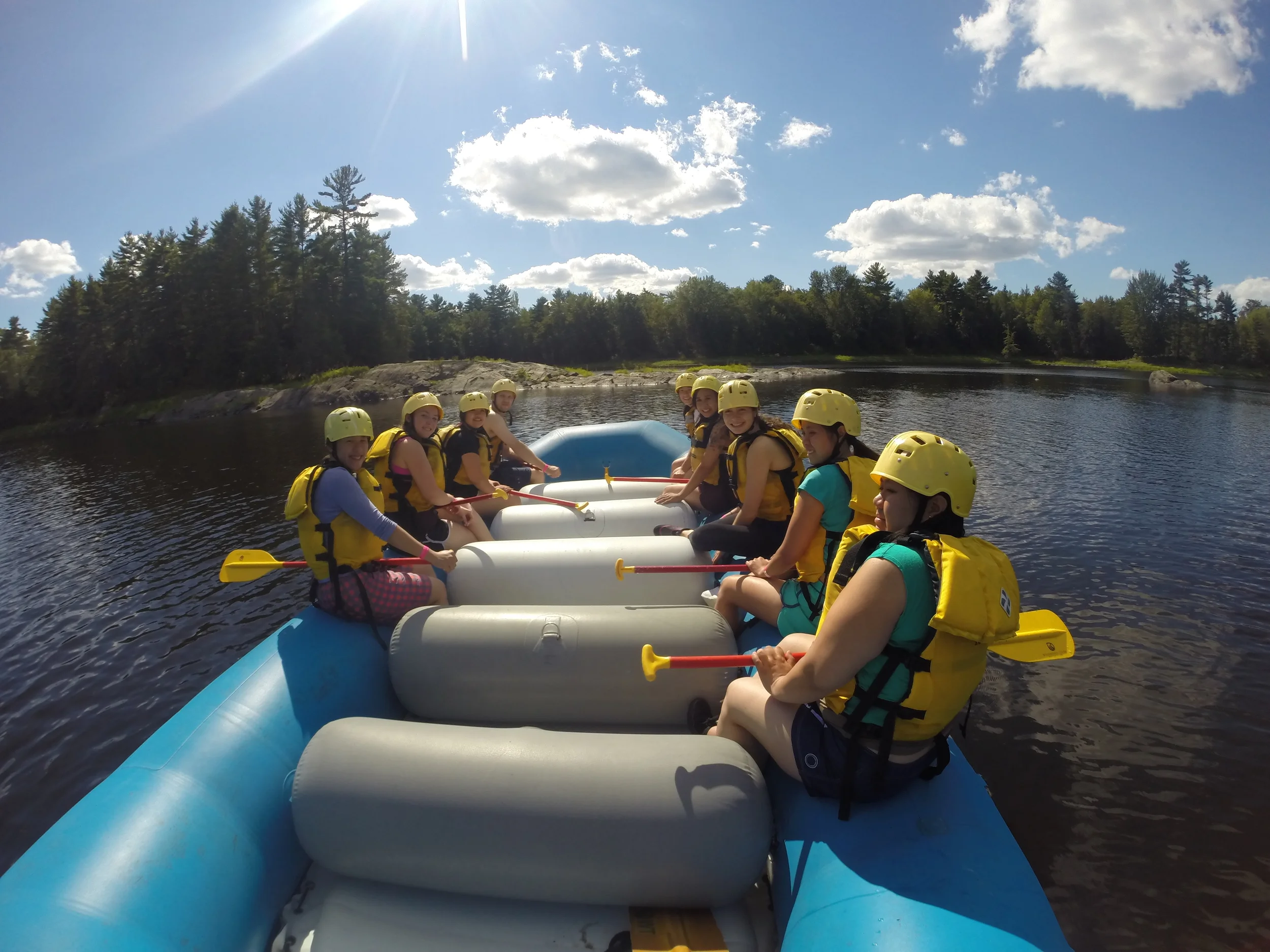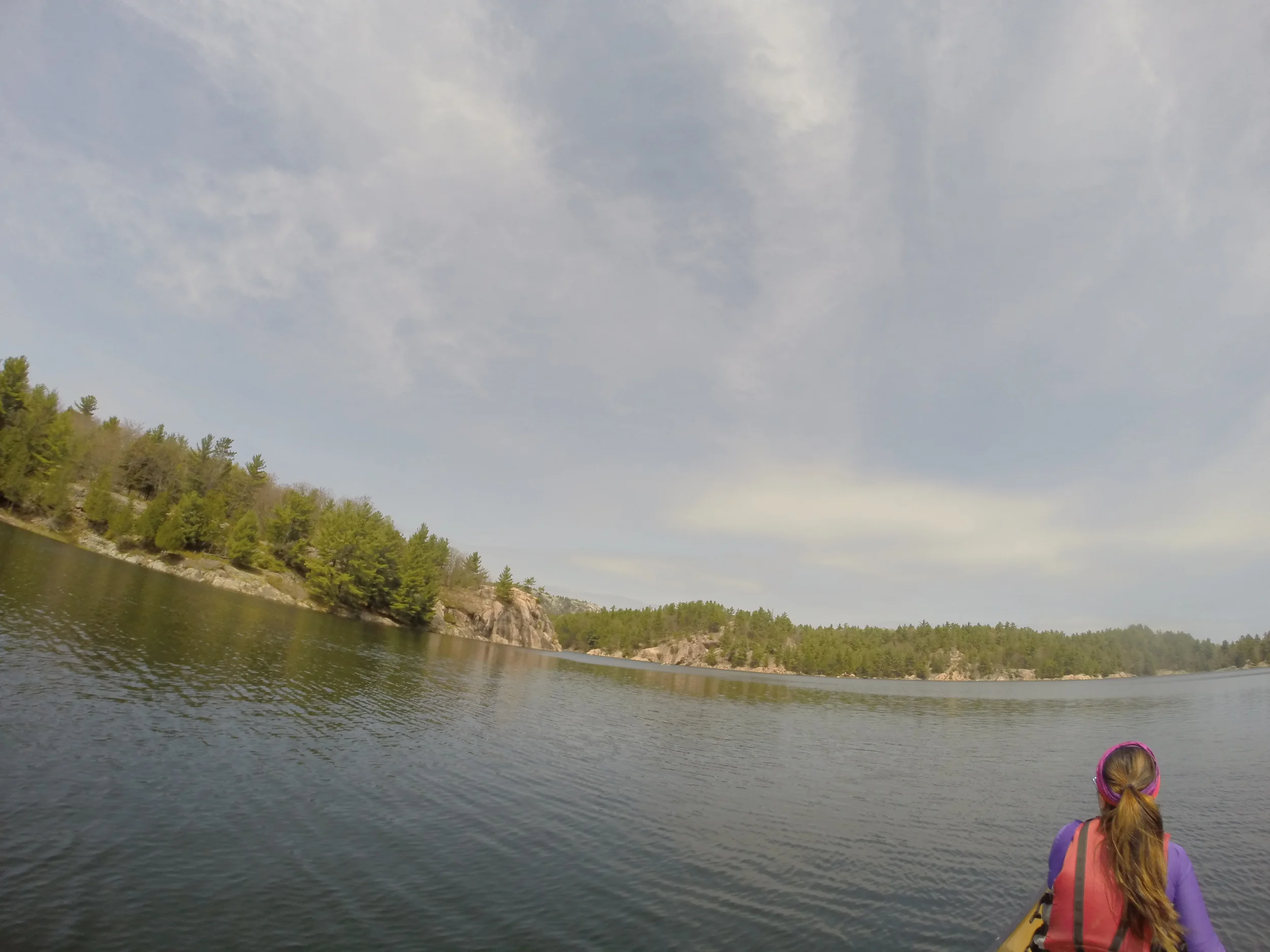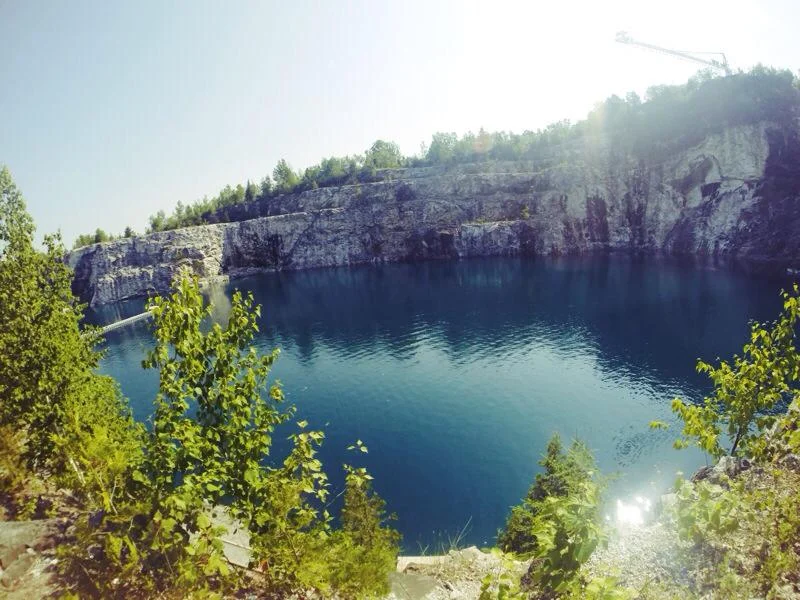Surrounded by a deep aqua-blue, spring-fed lagoon, a crane sits at the top of solid limestone cliffs. Just walking to the front of the spectator area, you can hear the screams of the adventurous souls who dare to jump off the 200-foot crane with only a bungee cord strapped to their bodies.
Located in Wakefield, Quebec, Great Canadian Bungee is the highest bungee jump site in Canada. The outdoor adventure company offers a package deal for the 200-foot bungee and The RIPTIDE zip line at a discounted price.
For those looking for a smaller adventure, THE RIPTIDE is a 1015 foot zip line that offers a spectacular view of the water. There are two options to ride the zip line: seated or flying. The flying option allows you to go head-first down the zip line. It might not be thrilling as bungee jumping, but it's definitely a great experience.
For the big adventure seekers, bungee jumping was the most exhilarating experience of my life so far. As you walk up the steps on the crane, your heartbeat starts to race as you realize how high up you are. Your palms are sweaty; you're shaking with excitement. When you reach the top of the crane, the crew straps you in and asks you three questions:
- Would you like it strapped to your ankles or waist?
- Would you like to go forwards or backwards?
- Would you like the touch the water?
After tons of debate, I chose ankles, forward and no water. I felt a surge of adrenaline rush through my body as I stepped onto the platform.
"Three. Two. One. JUMP!"
Jumping off a perfectly safe platform and diving towards the ground is one of the most liberating feelings you can experience. It's the sense of pride and accomplishment you get for conquering your fear that pushes you to do it. You end up free falling for a brief time while the tension on the cord builds to the point that it recoils. It'll shoot you right back up and you get to re-live that experience all over again. As your brain releases endorphins throughout the activity, euphoria will kick in and you'll feel like the king of the world. Every other fear will feel minor in comparison.
































































